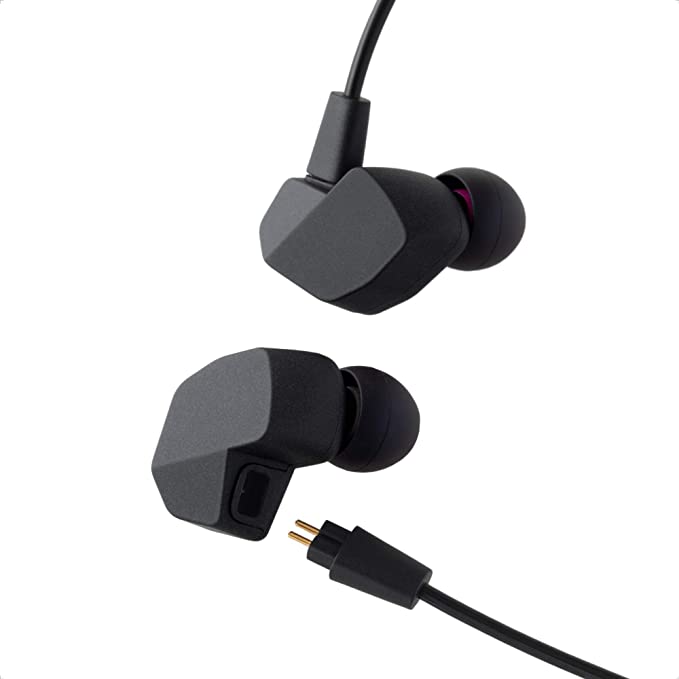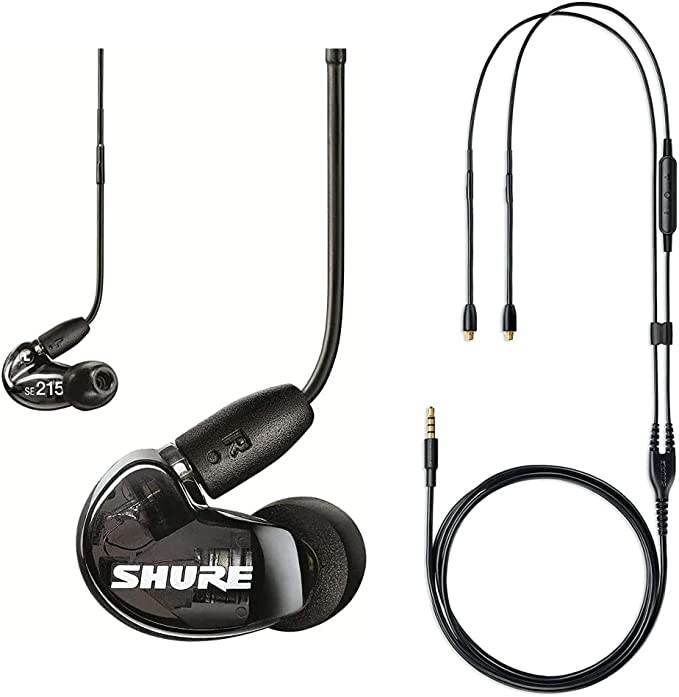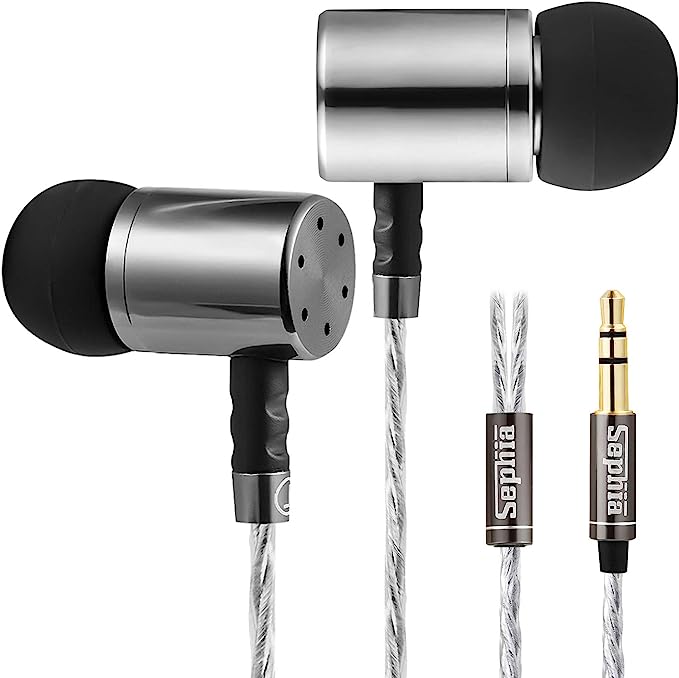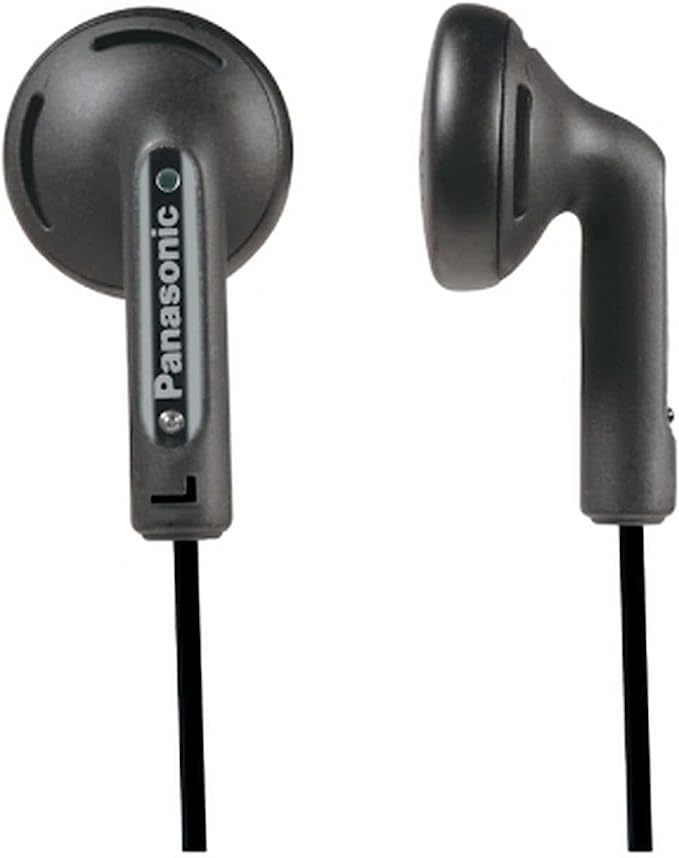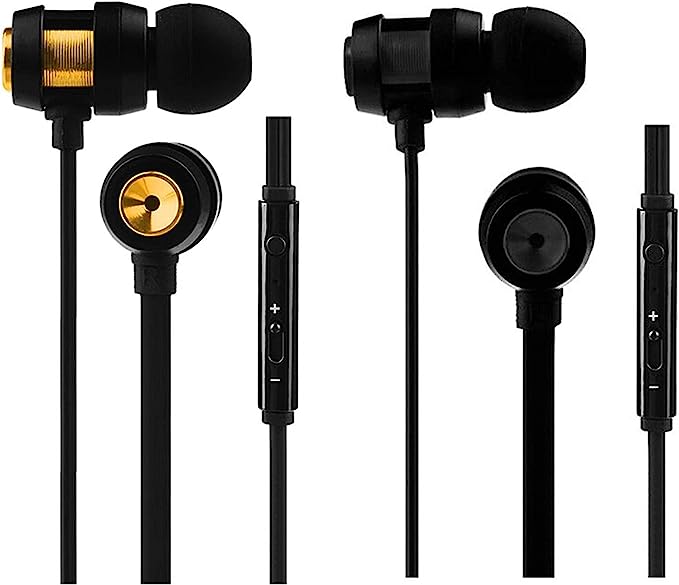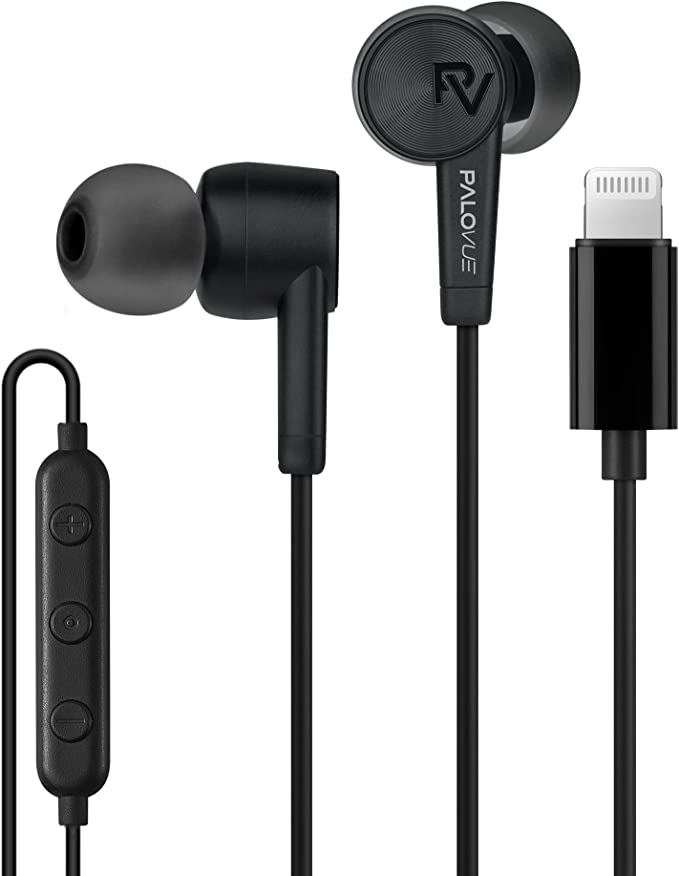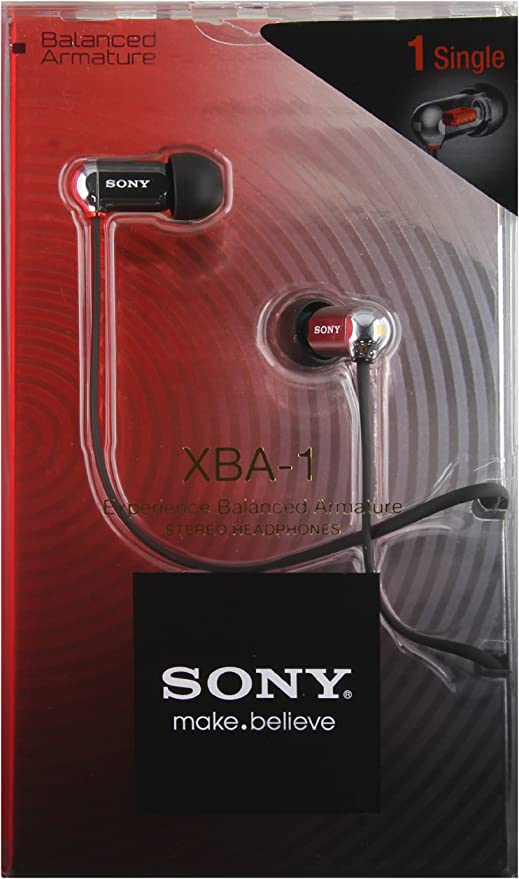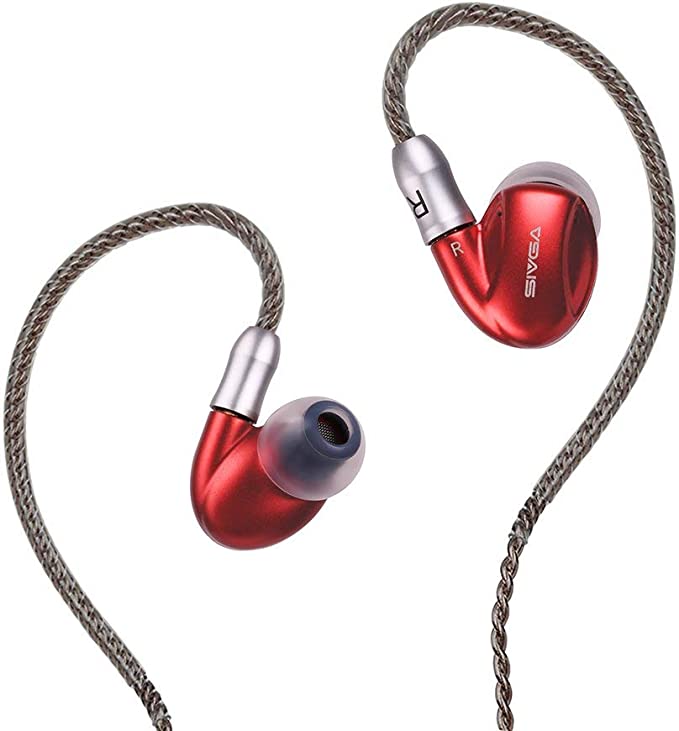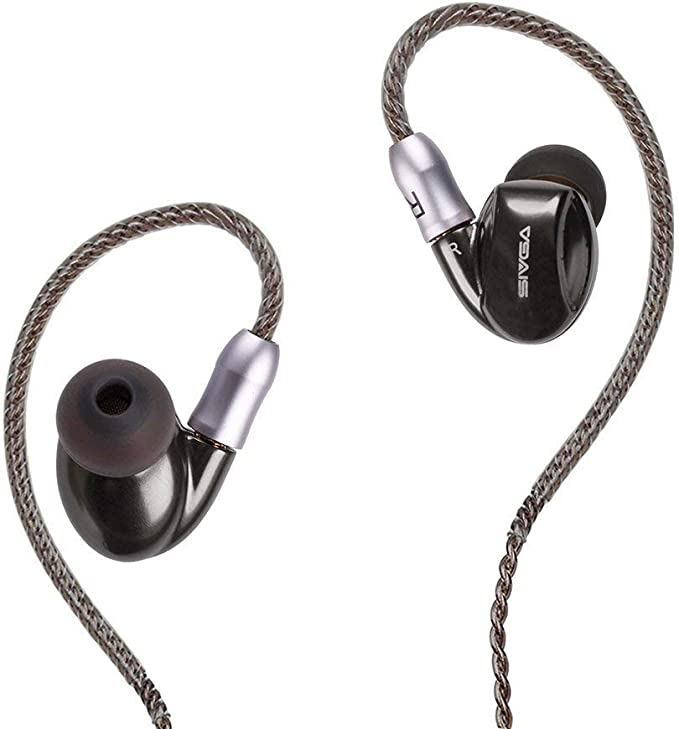canpur U1-Joyfull-1 JF1 1DD In Ear Monitor Earphones: Customized Listening for Drummers
Update on July 2, 2025, 3:13 p.m.
The Sound of Silence: How a Drummer Escaped the Noise and Found Clarity with the Science of In-Ear Monitors
The stage lights are blinding, a haze of artificial fog hangs in the air, and the noise is a physical force. Not just sound, but a solid wall of it hitting you at 115 decibels—the gut-punch of the kick drum, the searing cut of the guitar, and the roar of the crowd all blending into a single, roaring beast. You’re the drummer, the engine room of the band, but you’re lost. You can’t distinguish the bassist’s root notes from the stage rumble, your own snare sounds distant and thin, and a high-pitched ringing, a grim premonition of tinnitus, is already composing a symphony in your ears. This isn’t performance; it’s survival. It’s a battle for clarity in a world of sonic chaos, a common dilemma for musicians everywhere.

The Quiet Revolution
Then, between sets, the veteran sound engineer hands you a small, translucent object that looks like a futuristic hearing aid. “Try these,” he says. “It’ll change your world.” You’re skeptical. How can this tiny piece of plastic help? You twist the smooth, resin shell into your ear, feeling it lock into place as if it were molded just for you. And then it happens. Silence. Not an absolute, unnerving void, but a profound quiet. The roaring beast is gone, replaced by a gentle hum. The wall of sound has crumbled, and for the first time tonight, you can hear your own heartbeat.
This is the startling power of passive sound isolation. Unlike noise-canceling headphones that use electronics to create “anti-noise,” these in-ear monitors (IEMs) work like high-fidelity earplugs. A proper seal, achieved through an ergonomic design and the right eartips, creates a physical barrier to external sound waves. The canpur JF1 states it can block up to 37 decibels (dB) of noise. To understand how monumental that is, you must know that the decibel scale is logarithmic, not linear. A 10dB reduction is perceived as halving the loudness. A 37dB reduction is transformative—it’s the difference between standing next to a roaring motorcycle and sitting in a quiet library. For a musician, it’s the difference between hearing damage and a controlled, safe, and detailed monitor mix. It’s a literal lifesaver in an environment where, according to the U.S. Occupational Safety and Health Administration (OSHA), exposure to 115dB is permissible for no more than 15 minutes.

A Universe in Your Ear
With the chaos muted, a new universe of sound opens up in your head. The monitor mix feeds directly into your ears, clean and intimate. Every ghost note on your snare is present, the precise attack of the kick beater is defined, and the bassist is right there with you, locked in. How is this pristine, coherent sound created? The secret lies in a philosophy of elegant simplicity: the single dynamic driver.
Imagine trying to paint a picture with a dozen tiny brushes, each responsible for only one color. It’s difficult to make the transitions seamless. Now imagine using a single, master brush capable of rendering every color with perfect consistency. This is the essence of a single dynamic driver. It’s a miniature, high-precision piston—comprising a diaphragm, a voice coil, and a magnet—that vibrates to create the entire spectrum of sound. Because all frequencies originate from a single point, the sound has near-perfect phase coherence. There are no awkward handoffs between separate drivers for bass, mids, and highs. The result is a sound that is often described as more natural, unified, and punchy, particularly in the lower frequencies. It’s the engine that powers the clear, detailed world now living inside your head.

The Key to Your Castle
This remarkable isolation and acoustic performance would be impossible without a perfect fit. This is where modern manufacturing meets human anatomy. The shell of the canpur JF1 is not mass-produced from a simple mold; it’s born from 3D printing and medical-grade resin. This technology, a form of additive manufacturing, allows designers to create incredibly complex and organic shapes that would be impossible with traditional methods.
Think of it like an architect designing a concert hall, meticulously shaping every surface to control reflections and resonance, but on a microscopic scale. The interior of the shell is an engineered acoustic space, featuring a “coaxial and offset acoustic cavity” and tiny vents for “three-way exhaust.” These aren’t just features; they are solutions. They manage airflow to prevent pressure build-up in your ear, which can cause discomfort and distort the bass response—a principle related to Helmholtz resonance. The medical-grade resin itself is biocompatible, meaning it’s designed for prolonged, comfortable contact with human skin. The result is a universal-fit IEM that feels surprisingly bespoke, a key sculpted to unlock the unique castle of your ear.

Taming the Sonic Personality
As you play, you notice the sound has a distinct personality. The bass drum has a satisfying weight, and the cymbals have a crisp, brilliant shimmer. This is the famous “V-shaped” sound signature, and it’s a deliberate and popular tuning choice. Its appeal can be explained by a century-old discovery in psychoacoustics: the Fletcher-Munson curves. These curves show that human hearing is not equally sensitive to all frequencies, especially at lower volumes. Our ears are most sensitive to midrange frequencies (where voices lie) and less sensitive to deep bass and high treble.
A V-shaped tuning compensates for this by boosting the low and high frequencies. This makes music sound more powerful, lively, and “full,” particularly at moderate listening levels. It’s an instantly gratifying sound. However, as some users of the JF1 note, this can occasionally make the treble sound “bright” or “hot” on certain recordings. This isn’t a flaw but a characteristic of the tuning. It’s a sonic beast with a strong personality, but one that can be easily tamed. A simple adjustment on an equalizer or even swapping the included silicone eartips for foam tips (which naturally absorb some high-frequency energy) can tailor the sound to your exact preference.

More Than a Tool, A Connection
By the end of the night, the experience is transformed. You are no longer fighting the noise; you are in command of your own sonic space. The IEM is more than just a tool; it’s an extension of your senses, a direct and intimate link to your instrument and your bandmates. This journey from chaos to clarity is the very reason in-ear monitors were born, evolving from early hearing aid technology in the 1980s to become an indispensable part of modern performance.

It also speaks to the philosophy behind a brand like canpur, founded by a Dutch drummer who knew the on-stage struggle firsthand and a Chinese engineer with the technical know-how to solve it. Their goal was to make this empowering technology accessible. The inclusion of a detachable 2-pin cable is a testament to this practical mindset. It acknowledges that cables are the most frequent point of failure and makes the product sustainable and repairable, a welcome departure from disposable electronics.
Ultimately, the science inside these small shells—from acoustics and psychoacoustics to material science and manufacturing—all serves a single, human purpose: to protect our most precious asset while setting our artistic expression free. It’s the sound of silence, not as an absence of noise, but as the presence of perfect clarity.


